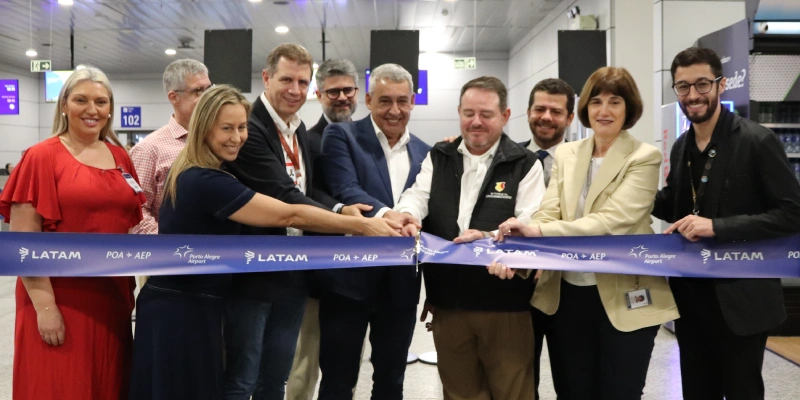An American Airlines flight scheduled to land in Naples, Italy, ended up touching down in Rome following what appears to have been a miscalculated operational decision. The aircraft involved—a Boeing 787-9 Dreamliner—exceeded the infrastructure capabilities of Naples Airport.
What happened?
On June 2, American Airlines flight AA780 departed Philadelphia International Airport at 19:42, bound for Naples International Airport. The aircraft assigned to the route was a Boeing 787-9, registration N837AN—a version of the Dreamliner that had not previously operated this service.
At 09:08 local time, while cruising at 26,000 feet, the aircraft suddenly veered off course from its original destination and headed directly to Leonardo da Vinci–Fiumicino Airport in Rome, where it landed at 09:42.
→ American Airlines Debuts Its New Premium Boeing 787-9
Why can’t Naples accommodate the 787-9?
American Airlines had been operating the Philadelphia–Naples route exclusively with the Boeing 787-8 since the seasonal service resumed on May 5. Even flight AA180, which departs from Chicago O’Hare and began operations on May 6, uses the smaller 787-8 model.
Although both the 787-8 and 787-9 share a wingspan of 60.1 meters and are classified as ICAO Code 4E aircraft, they differ in Rescue and Fire Fighting Services (RFFS) category. According to Boeing, the 787-8 falls under Category 8, while the longer 787-9—with a fuselage length of 62 meters—is categorized as RFFS Category 9. This distinction is critical, as Naples Airport is rated only as a Category 8 facility, which may have prevented the safe handling of the larger aircraft.
Uneventful return to the U.S.
Following the diversion, the Boeing 787-9 did not remain in Italy for long. On June 3, it departed from Rome to Chicago O’Hare International Airport as flight AA111, landing at 14:50 local time (UTC -5) without incident.
This incident highlights the importance of aligning operational planning with the specific capabilities of destination airports. While both Dreamliner variants may appear similar from the air, technical classifications and service categories can be the difference between a smooth arrival and a last-minute course correction.
Related Topics
LATAM Launches AI-Powered Virtual Agent to Transform Travel Planning
LATAM Carries 7.7 Million Passengers in August and Increases Capacity by 9.4%
Frontier Airlines Launches 22 New Routes, Expands Presence in the U.S., Caribbean, and Latin America
LATAM Launches Direct Flights from Porto Alegre to Buenos Aires, Florianópolis, and Belo Horizonte

Plataforma Informativa de Aviación Comercial con 13 años de trayectoria.




